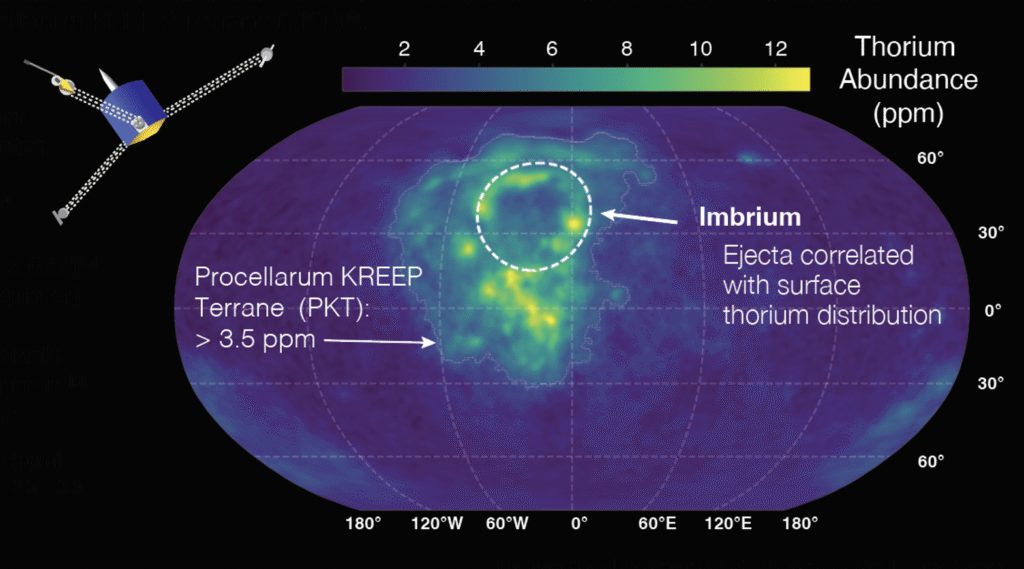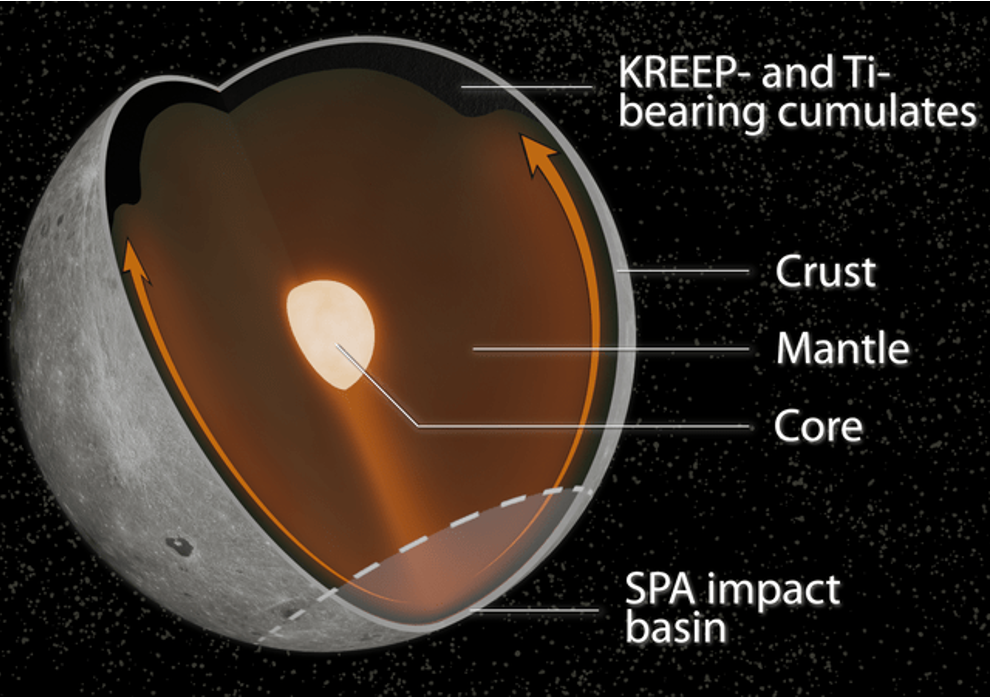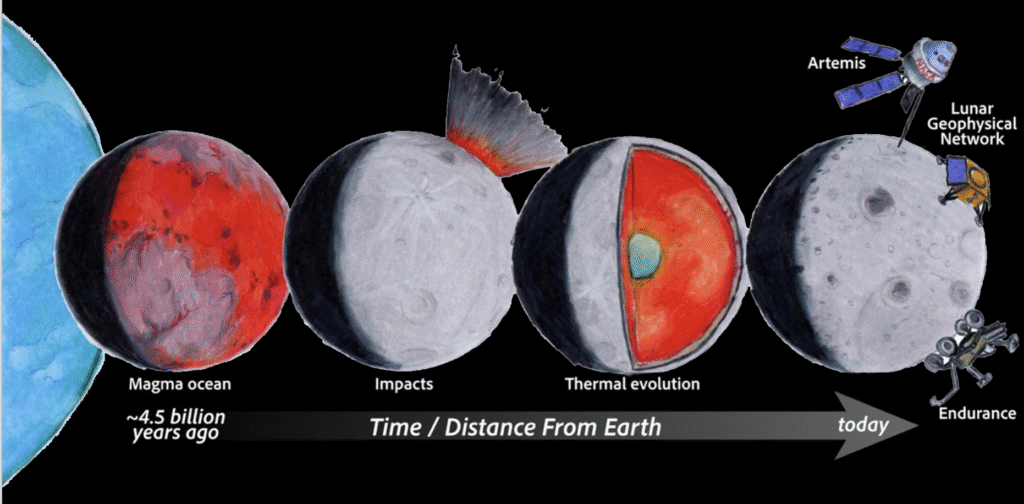The future of space exploration will be shaped not only by where we go, but by what we can use when we get there. The Moon, long a symbol of ambition, is fast becoming a cornerstone of sustainable space operations. With the Artemis program on the horizon and robotic missions scouting polar terrain, in-situ resource utilization (ISRU) has moved from concept to near-term capability. As a planetary scientist specializing in the Moon’s internal evolution and crustal composition, I’ve focused on the foundational question: Where are the Moon’s most valuable materials—and how can we access them?
What Makes the Moon Worth Mining?
Unlike asteroids or Mars, the Moon’s surface offers a uniquely preserved geological record. That record—etched by impacts, volcanic flows, and ancient differentiation—tells us where crucial resources are likely to be found. These include water ice in permanently shadowed regions, solar wind–implanted volatiles, and metals like iron and titanium locked in minerals such as ilmenite. These aren’t just scientific curiosities; they’re essential inputs for life support, construction, energy, and propulsion in a lunar economy.
The KREEP Code: Thorium as a Resource Proxy
One particularly important signature is KREEP—a geochemical residue of the lunar magma ocean, enriched in potassium, rare earth elements, phosphorus, thorium and other incompatible elements. In a recent study (Levin, Evans et al., 2025), we implemented a novel 3D convolution to improve the resolution of existing datasets and determined how much of a deep reservoir of thorium-rich KREEP was scattered across the lunar nearside by the Imbrium impact event. These enriched terrains offer both a glimpse into the Moon’s thermal evolution and potential access to heat-producing and strategically useful materials.

Paired with earlier work on the South Pole–Aitken (SPA) basin (Moriarty, Evans, et al., 2021), our research suggests that farside resources—while not absent—are less abundant and more deeply buried than their nearside counterparts. Understanding why that asymmetry (e.g., Jones, Evans, et al., 2025) exists is not just academic—it’s critical for prioritizing ISRU sites and optimizing mission architecture.
The Deep History of Lunar Metals: Ilmenite and the SPA Basin
Among the Moon’s most promising materials for in-situ construction and manufacturing is ilmenite (FeTiO₃)—a titanium- and iron-bearing mineral crucial for 3D printing, solar cell production, and oxygen extraction.
In a 2022 Science Advances study (Jones, Evans, et al., 2022), we demonstrated that the SPA impact likely triggered a global-scale redistribution of dense, ilmenite-rich magma ocean cumulates, concentrating them beneath the nearside crust. This process explains the enhanced titanium and thorium levels observed today in areas like the Procellarum KREEP Terrane.

From an ISRU perspective, that means titanium and iron are not randomly distributed—they’re the outcome of early mantle convection and basin-forming events. Knowing where ilmenite migrated, and how it was trapped in crustal layers, gives us a strategic edge in identifying accessible metal-rich deposits that can support future lunar industry.
Building the Right Teams to Ask the Right Questions
Unlocking the Moon’s resources isn’t just about data—it’s about assembling the right expertise. Questions about where to mine, what to extract, and how to interpret mission data require interdisciplinary teams fluent in geophysics, geochemistry, remote sensing, and mission operations.
That’s exactly the approach I took when I founded LunaSCOPE, a NASA-funded research initiative hosted at Brown University. The team spanning 17 institutions, blending planetary modeling, high-precision lab work, and mission-aligned science to map and model the Moon’s resource potential. But the core success wasn’t just technical—it was structural. I built a collaborative model that can scale to other domains, from government strategy to commercial consulting.
Whether it’s advising on Artemis landing sites, prioritizing targets for ISRU technology demonstrations, or guiding infrastructure decisions for future lunar bases, science-informed strategy depends on teams that can integrate knowledge across silos. That’s a transferable strength I bring to any complex, multidisciplinary challenge.

From Geophysics to ISRU: Science with Purpose
As we move into the next phase of lunar exploration, the questions aren’t just “Is there water?” or “Can we mine this terrain?” The questions are strategic:
- Where should we land to maximize both science return and ISRU potential?
- What physical processes preserved these deposits—and what will it take to access them?
- How do we design systems that align with the Moon’s geological and thermal history?
My work bridges these questions by connecting the Moon’s ancient past to its future utility. From crustal asymmetries to ilmenite concentrations, from impact ejecta to volatile traps, the Moon is not just a destination—it’s a resource map waiting to be read.


